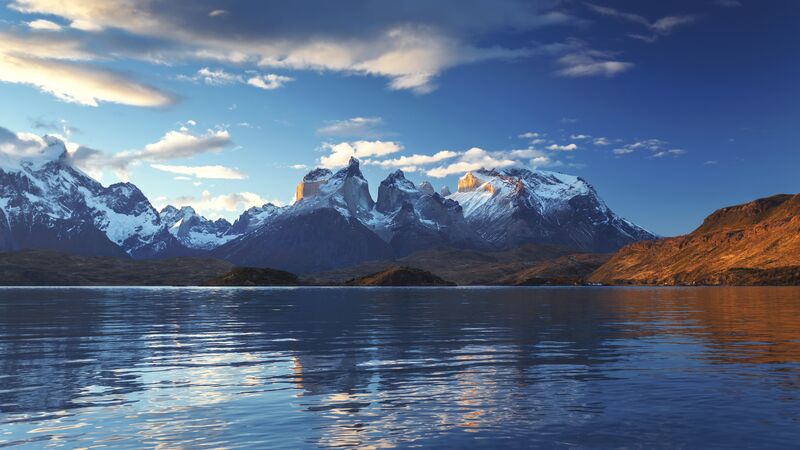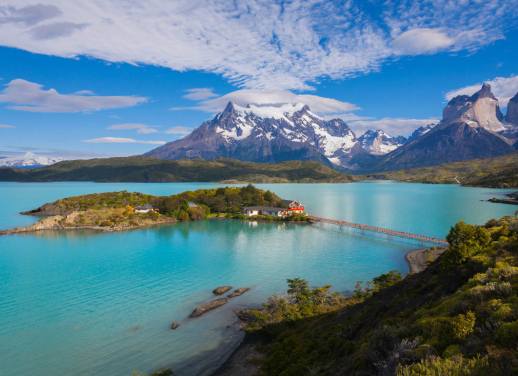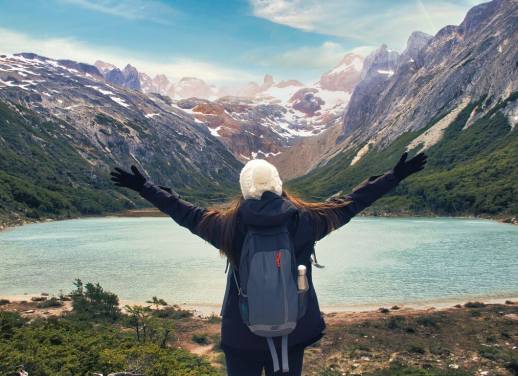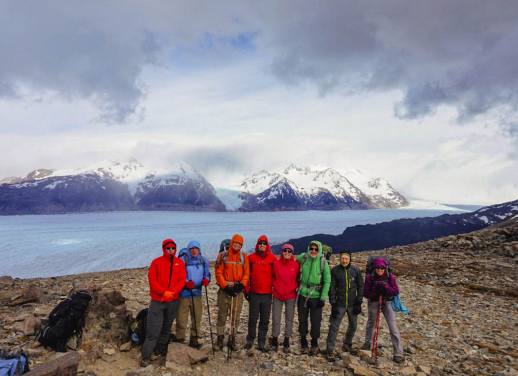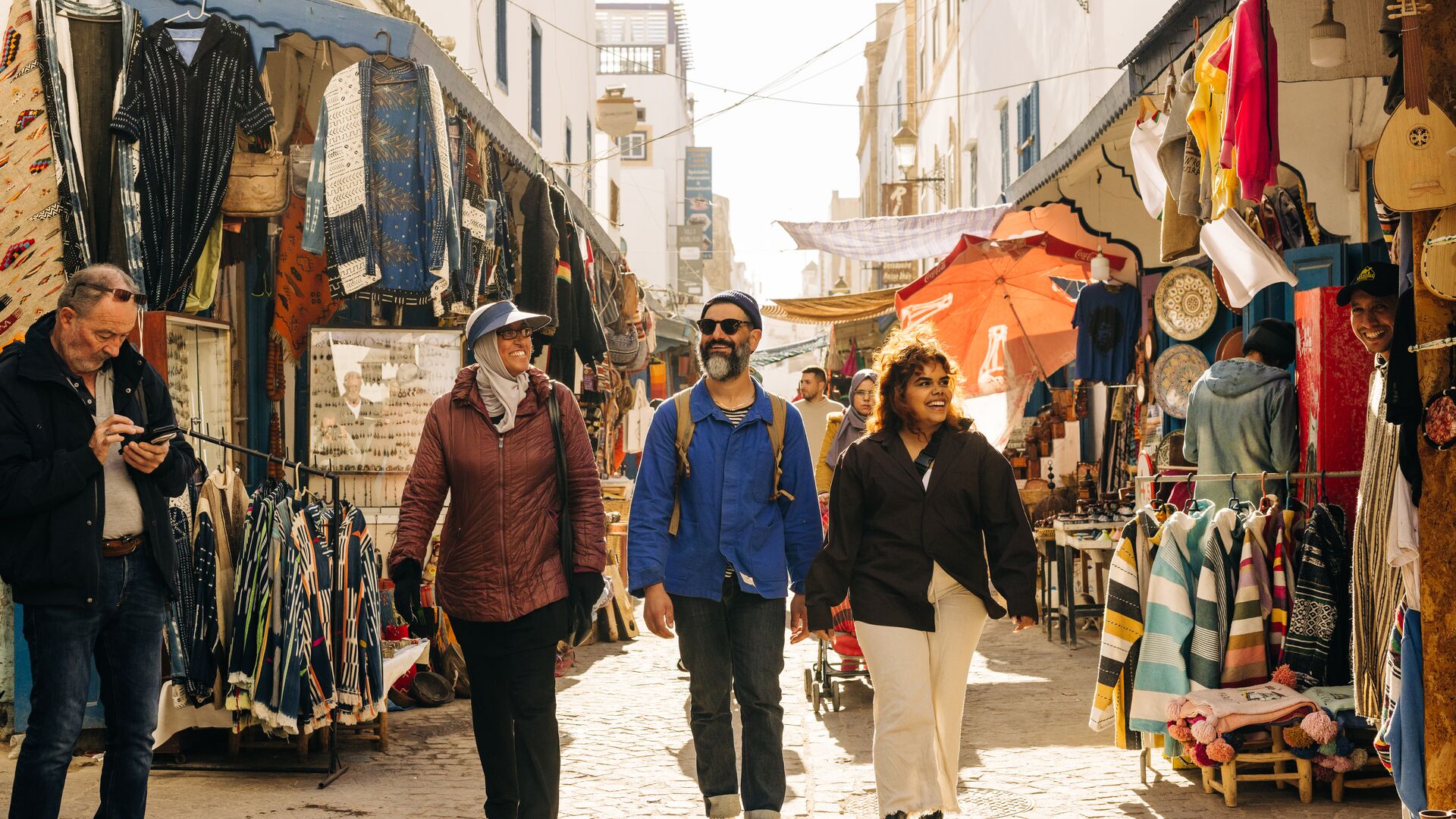It took me a week to build up the courage to book campsites in Torres del Paine in Patagonia.
That’s not normal. Typically, once I commit to doing something as epic as hike the famed O Circuit, that’s it: I fire up my laptop and sort it. Yet I decided to tackle this trek solo and arranging it was… trickier than expected.
The thing is, Patagonia is a wonderland for nature lovers. This vast, vertiginous slice of southern Chile and Argentina is remote, it’s striking, it’s untouched – and it’s become the destination for travellers seeking adventure.
TAKE THE HASSLE OUT OF YOUR PATAGONIA PLANNING. JOIN US ON A SMALL GROUP TREKKING ADVENTURE NOW
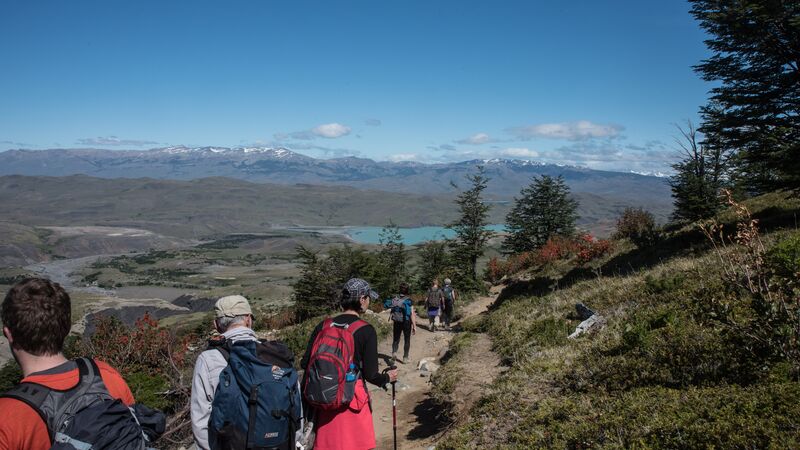
The hiking in Torres del Paine is spectacular.
But Torres del Paine, one of the top places to visit in Chile and surely the most photographed national park in all of Patagonia, is under pressure.
Between 2007 and 2017, visitor numbers to the park more than doubled from 128,000 annually to 264,000. Fires lit by unattended camping stoves have also ravaged the park multiple times, destroying thousands of hectares of wilderness.
To protect the ecological jewel in its tourism crown, the Chilean government implemented controls on its two draw-card hikes in 2017.
The 80 kilometre W trek and the 110 kilometre O, which encircles the snaggle-toothed Paine Massif, are now reservation-only. Only 80 hikers are allowed on the O Circuit each day, and the number of guests at campsites or refugios (lodges) is restricted.
OUR 10-DAY PATAGONIA TREKKING ADVENTURE INCLUDES FOUR DAYS ON THE W TREK. FULL DETAILS HERE
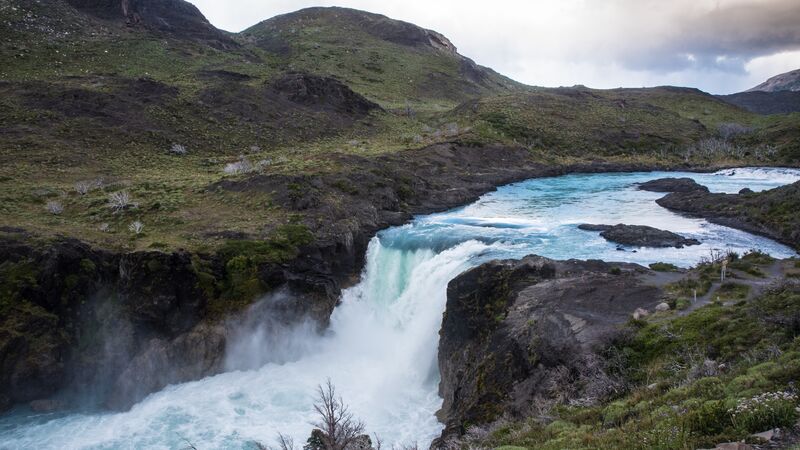
The impressive Salto Grande waterfall.
Safeguarding the 181,400-hectare Torres del Paine, a UNESCO World Biosphere Reserve and one of the world’s most representative regions of different ecosystems, is critical. Imposing hiker limits is just one of many environmental protection measures introduced by Chile in recent years.
But planning a trek there now demands military precision.
About those permits
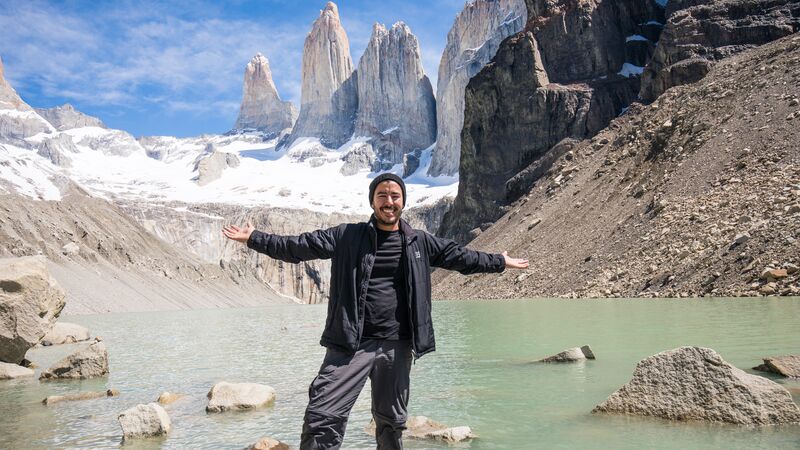
Want to strike this pose on your trip? You’ll need a permit.
It’s no longer possible to rock up to Torres del Paine national park and hike. Yes, you still pay for park entry on arrival (21,000 pesos), but all reservations for meals, campsites and refugios must be made well in advance. Travel professionals, bloggers and local outdoor guides recommend booking several months ahead if you want to hike during the peak season of November to March.
SUBSCRIBE TO INTREPID’S NEWSLETTER FOR TRAVEL STORIES, COMPETITIONS & MORE
If you haven’t booked a place to stay for each night, you cannot hike. You must show printouts of reservations to get past some checkpoints in the park.
Once you’re ready to book, you’ll need to visit separate sites run by the park’s three accommodation providers: CONAF, Vertice and Fantastico Sur. They’re designed primarily for Spanish speakers, adding an extra layer of complexity.
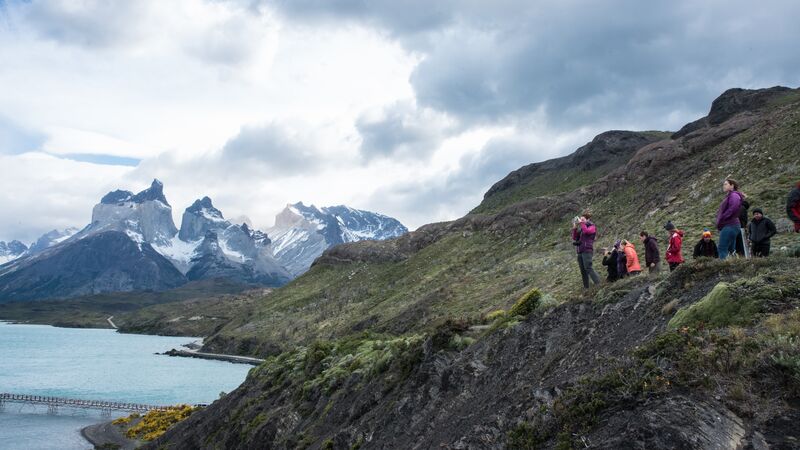
A quick photo stop on the trail.
First, check that every campsite or lodge on the route is available for your planned dates. Then book the most popular spot first and work backwards.
I forgot that second step so had to rethink dates, email two companies to request cancellations and refunds for the tail end of my hike, and book again. It worked – but it means I’ll speed through in seven nights rather than eight.
RELATED: HOW TO HAVE A POSITIVE IMPACT ON PATAGONIA’S TORRES DEL PAINE
Do I hike solo or in a group?
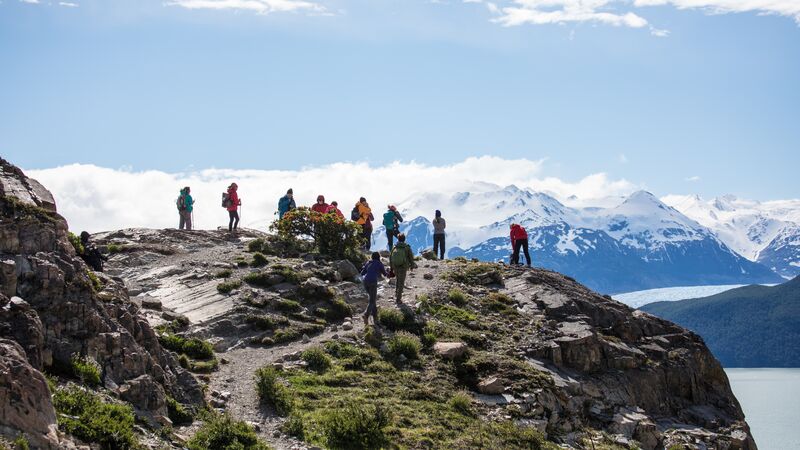
Travelling in a group means you have someone to share the experience with.
Your decision to hike independently or with a tour company rests on your planning skills, hiking experience – and appetite for risk.
If you’re a well prepared, experienced tramper who’s willing to plan in advance, do your research and take your chances with booking across multiple platforms, either option is yours.
But remember that reserving accommodation is just one element to a hiking trip. You’ll also need to sort out all of your equipment, transportation and meals.
RELATED: WHAT IT’S REALLY LIKE EXPLORING PATAGONIA ON A GROUP TOUR
Many people choose to go with a company for this reason. While organised treks in Torres del Paine do cost more, it takes the fuss out of arranging a multi-day hiking trip and eliminates all reservation issues.
Tour companies such as Intrepid also provide local leaders and professional hiking guides, who bring to the trek insights, experience and expert guidance that you can’t put a price on. Plus, group travel means solo travellers get to share the experience with others.
I’ve chosen to hike Torres del Paine independently – it’s just what I’ve always done – but it may have been best to go with the professionals. Time will tell.
When you travel to Patagonia with Intrepid, we’ll take care of all the details, like quality tents for the chilly Patagonia conditions, delicious cooked meals, and expert leadership from our trekking guides! Explore our range of adventures here.
Feature photo by sunsinger via Shutterstock.

